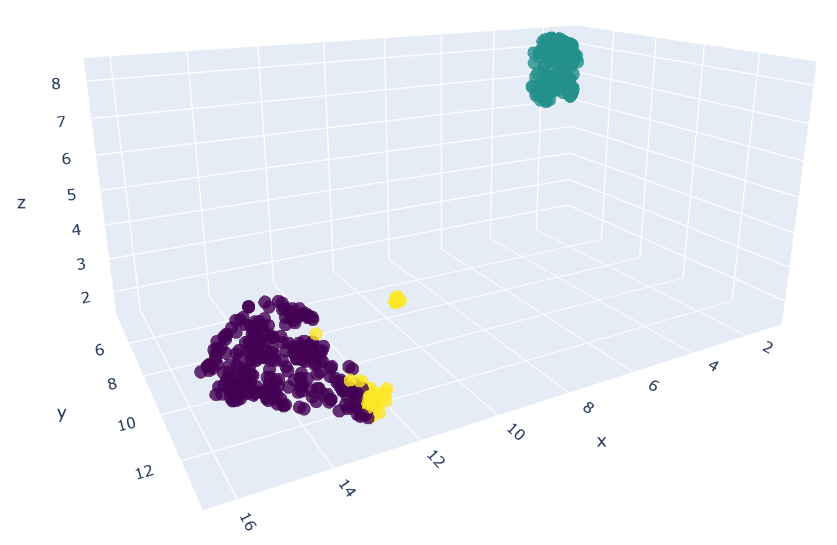Unsupervised User Stance Detection on Twitter
We present a highly effective unsupervised method for detecting the stance of Twitter users with respect to controversial topics. In particular, we use dimensionality reduction to project users onto a low-dimensional space, followed by clustering, which allows us to find core users that are representative of the different stances. Our method has three major advantages over current state-of-the-art methods, which are based on supervised or semi-supervised classification. First, we do not require any prior labeling of users: instead, we create clusters, which are much easier to label manually afterwards, e.g., in a matter of seconds or minutes instead of hours. Second, there is no need for domain- or topic-level knowledge either to specify the relevant stances (labels) or to conduct the actual labeling. Third, our method is robust in the face of data skewness, e.g., when some users or some stances have greater representation in the data. We experiment with different combinations of user similarity features, dataset sizes, dimensionality reduction methods, and clustering algorithms to ascertain the most effective and most computationally efficient combinations across three different datasets (in English and Turkish). Our best combination in terms of effectiveness and efficiency uses retweeted accounts as features, UMAP for dimensionality reduction, and Mean Shift for clustering, and yields a small number of high-quality user clusters, typically just 2-3, with more than 98\% purity. Moreover, our method is robust to variations in the parameter values and also with respect to random initialization.
PDF Abstract